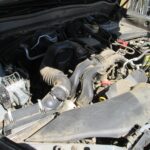
2017 Subaru Forester Engine Assembly
January 4, 2023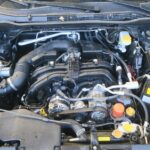
2021 Subaru Forester Engine Assembly
January 4, 2023Nissan zd30 engine for sale
$1,000.00 – $2,800.00
Nissanzd30 engine, often known as ZD30, has been manufactured since 1999 and is most commonly seen on the Patrol and Terrano SUVs. This power supply has a ZD30CDR index and is available in the Common Rail modification.
The 3.0 liter Nissan zd30 engine, made in Japan, provided power to a large family of Caravan minivans from 1999 to 2012, including Homi and Elgrand models.
Nissan produced the ZD30DDT from 1999 to 2004; it was only installed on Navara pickup trucks with a double or single cab that were a part of the D-22. This power plant was soon replaced with an intercooled variant of the engine.
The Nissan QD, BD, and TD engines were superseded by the 3.0 liter (2,953 cc) inline four cylinder diesel Nissan ZD30 engine family, which has a bore and stroke of 96 mm 102 mm (3.78 in 4.02 in). When Nissan Motors sold Nissan Diesel to Volvo trucks in 2007, it was the only truck diesel engine that remained with Nissan Motors. It also replaced the Sofim 8140 engine at Renault.
Nissan ZD30DDTi, often known as ZD30, has been manufactured since 1999 and is most commonly seen on the Patrol and Terrano SUVs. This power supply has a ZD30CDR index and is available in the Common Rail modification.
On what the zd30 engine was mounted:
Nissan Elgrand 1 (E50) in 1999–2002 (ZD30DD and ZD30DDTi); Nissan Navara 2 (D22) in 1999–2004 (ZD30DDT); Nissan Pathfinder 2 (R50) in 1995–2004 (ZD30DDTi); Nissan Patrol 5 (Y61) in 1999–2013 (ZD30DDTi); Nissan Terrano II (R20) in 1999–2006. Nissan Caravan 5 (E25) in 2001–2012 (Z (ZD30DDTi).
Nissan produces the reasonably well-known ZD30DDTi and ZD30DD diesels. The company began developing them in the latter half of the 1990s, but it didn’t begin commercial production until 1999 and 2000. These units were initially heavily condemned by the automobile industry due to their numerous shortcomings.
Nissan improved and drastically altered the ZD30DDTi and ZD30DD throughout time in order to remedy the predicament. After 2002, vehicles with such names were not frightening or uncomfortable for drivers. Redesigned zd30 engine are well-built and efficient.
The zd30 engine was not just a four-cylinder engine; it was a much more contemporary take on the turbo-diesel engine theme, complete with technology like balance shafts, double overhead camshafts, and even four valves per cylinder. It was optional on the Patrol station-wagons as well as the tradie/farmer-oriented cab-chassis line-up. Efficiency and fuel economy should have marked a significant advancement, but the ZD30 was ultimately not regarded favorably or for either of those qualities.
Due in large part to a few common problems, the ZD30 Engine has a bad reputation for premature failures, including melting/cracking pistons and over-boosting.
These Engines (zd30 engine) Use Variable Vane Turbochargers With Boost Controlled By Electric Boost Controller & ECU, And These Vehicles Use Exhaust Gas Recirculation (EGR) System To Meet Emission Standards. Due to its high compression, the zd30 engine has a heavy breathing process where oil vapour from the rocker cover breather is forced into the inlet pipe and contaminates the (MAF) and (MAP) sensors before passing through the intercooler and entering the inlet manifold.
The EGR system can and will change this oil vapour into a thick, tar-like substance that will clog the intake runners, resulting in poor fuel economy, reduced power, and melted pistons and a failed turbocharger.
What can you do to stop some of these from occurring, then?
Install An Air/Oil Separator (Catch Can). As a result, Less Oil Vapour/Blowby Will Enter The Air Inlet System.
The engine will run more smoothly and hot exhaust gas entry into the inlet manifold will be prevented by an EGR blanking plate.
Every 10,000KM, clean the Mass Air Flow (MAF) Sensor that is located in the inlet pipe next to the airbox. Overboost/underboost conditions can be caused by a contaminated MAF sensor due to poor communication with the ECU.
Install an EGT (exhaust gas temperature) gauge and a boost gauge. Although nothing will be prevented, you will be informed if there are any problems.
Install a Free-Flowing Exhaust System to Significantly Reduce EGTs. Full 3-inch mandrel-bent exhaust systems are what we advise (Turbo Back).
Fit a boost limiting device such as a Dawes Valve or Tilix System if you notice boost pressure spikes over 20 psi (up to 25 psi is not uncommon) from factory boost controllers. These Can Be Set To Prevent The Turbo From Boosting Above, Let’s Say, 18psi.
Additional Useful Hints & Tricks
Your intercooler may also leak boost pressure if it appears to be dripping with oil.
Also available;
| QUALITY | 20000km, 45000km, 80000km |
|---|
Only logged in customers who have purchased this product may leave a review.


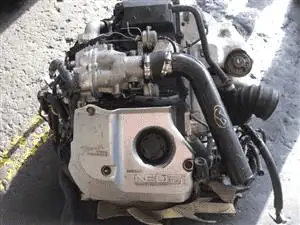
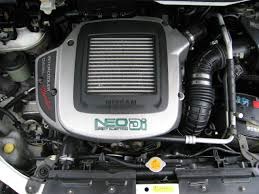
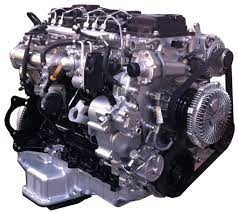
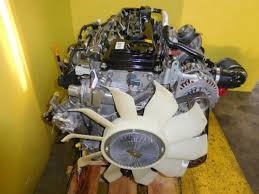
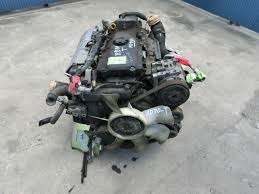
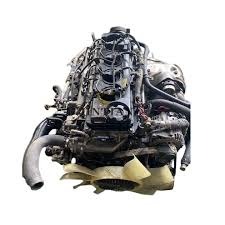
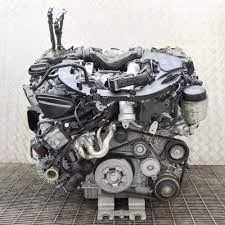
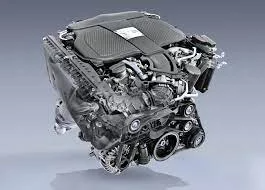
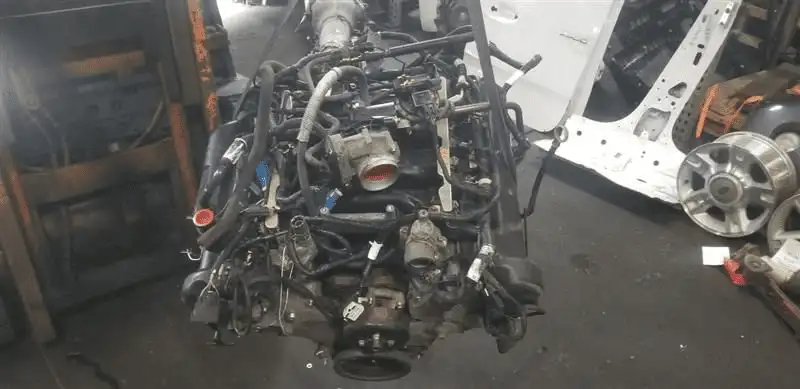
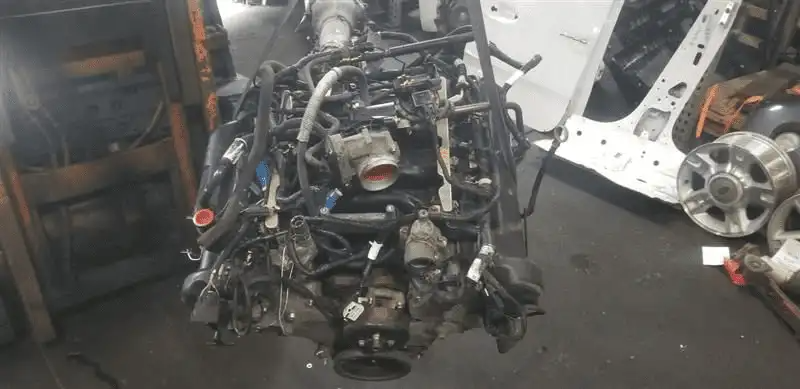

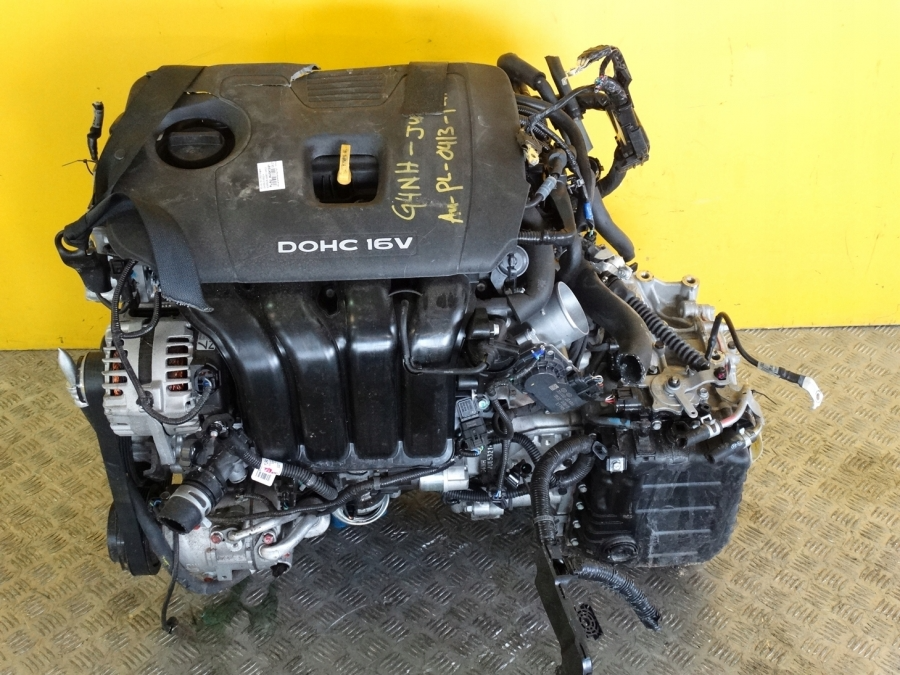
Reviews
There are no reviews yet.